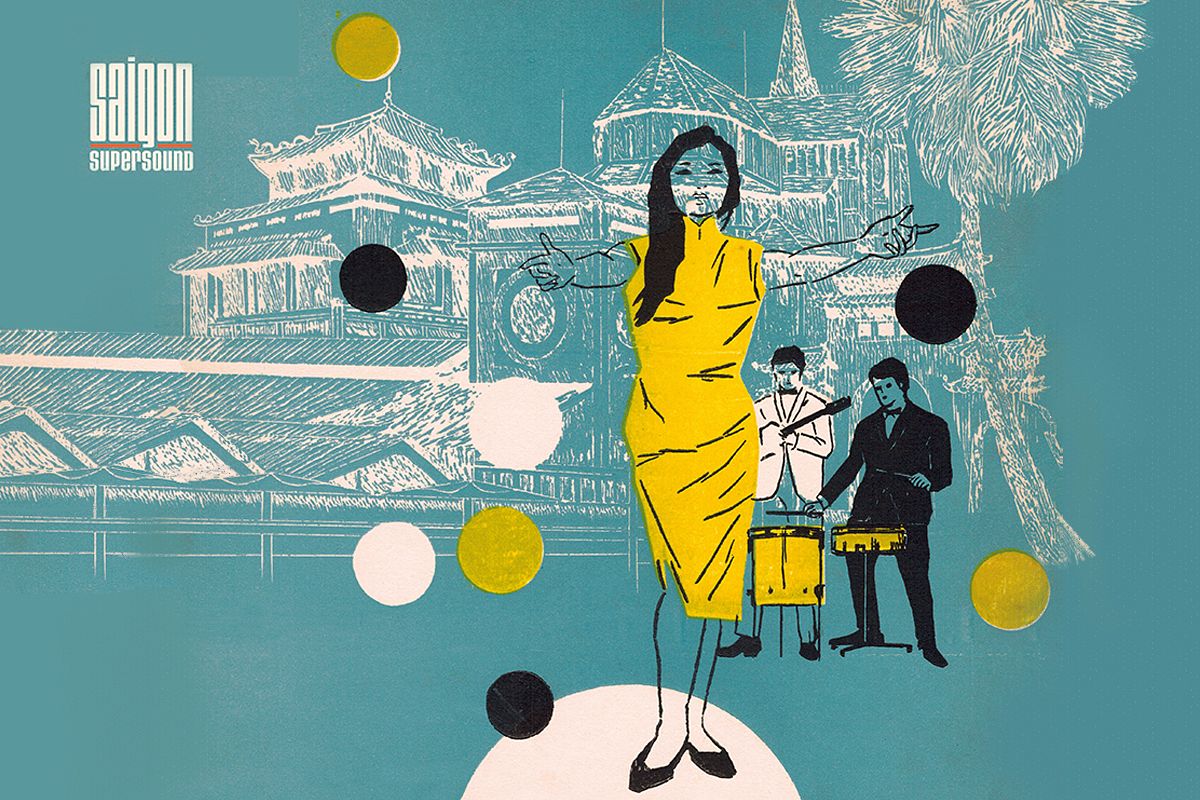There is a certain timelessness to the song ‘Người Tình Mùa Đông’ by Như Quỳnh, especially in the visuals of its very first performance. For generations of Vietnamese listeners, ‘Người Tình Mùa Đông’ is an icon in the hall of fame of Vietnamese music, but as I have come to discover, the melody that Vietnamese know as ‘Người Tình Mùa Đông’ has lived a life much richer and more transcendent than it might appear.
In recent years, the music industry’s dynamics have shifted towards fandom and celebrityhood, giving performers more ownership over their music and forming a direct channel for them to communicate their artistry to fans. A song today is, more often than not, closely linked with its performing artist rather than its writer, because in many cases, they are the same person.
For much of Vietnam’s modern music timeline, however, the reverse was more common. Across the 1980s and 1990s, songs, first and foremost, were the creations of composers; and each song could have myriad versions performed by different singers, all vying for the earshot of listeners. My parents identify their favorite tracks by who wrote it, and would argue fervently over which vocalists had the best rendition. Composers were so revered for their artistry and personal style that at times their music could grow to become distinctive genres that are even alive and well today, such as nhạc Trịnh Công Sơn or nhạc Phạm Duy. It’s rather comical to think of a Ryan Tedder, Teddy Park, or Hứa Kim Tuyền anthology CD released today.

Như Quỳnh in the 1990s in her 20s. Photo via Nhạc Xưa.
One thing that my parents, and likely many listeners from their generation, would agree on, however, is nobody can sing ‘Người Tình Mùa Đông’ quite like Như Quỳnh. In an era of music when singers were often seen as mere technical executors rather than creators, the enduring impression that this particular version has etched onto our collective consciousness is a testament to Như Quỳnh’s star power, right from the song's very first debut performance.
A wintry love note not about winter
The title ‘Người Tình Mùa Đông’ could be loosely translated as ‘Winter Paramour.’ The song appeared for the first time in 1994 in the Christmas special of a variety music show by diaspora entertainment studio Asia. The rest of this festive set list naturally featured many Vietnamese versions of famous Noël songs, including ‘Last Christmas’ by Wham! and the Spanish-language classic ‘Feliz Navidad.’
The title ‘Người Tình Mùa Đông’ seems a little hyperbolic at first glance, because the Vietnamese winter is typically much less melodramatic than that of the western world. Apart from some northern provinces where the weather does get chilly towards the end of the year (but no snow), our tropical climate renders winter in the rest of Vietnam rather impotent, hardly romantic enough to inspire seasonal love songs. In reality, the lyrics that composer Anh Bằng wrote use winter as a metaphor for the chilly demeanor with which the love interest treats the male narrator in his reminiscence. “Đường vào tim em ôi băng giá / How icy is the road to your heart,” the man laments as the rainy weather takes him back to those days with her. “Trái tim em muôn đời lạnh lùng. Hỡi ôi trái tim mùa đông / Your heart is forever chilly. O wintry heart,” the song ends on a rather bittersweet note.
‘Người Tình Mùa Đông’ by Như Quỳnh, 1994.
This story of male yearning and missed connection is only apparent if one pays attention to the lyrics, because the performance is anything but forlorn. Như Quỳnh walks out on an ivory stage embellished with Christmas trees and white balloons, and starts singing. The music is bouncy and festive, and the melancholy lyrics take on a rather playful and tongue-in-cheek quality, when delivered by Như Quỳnh, as she smiles and sways in place. The song becomes a self-aware assertion from the female perspective, thanks to the Vietnamese language’s flexible pronouns — it’s as if she’s coyly affirming “Yes, it’s not easy to win my affection, what about it?”
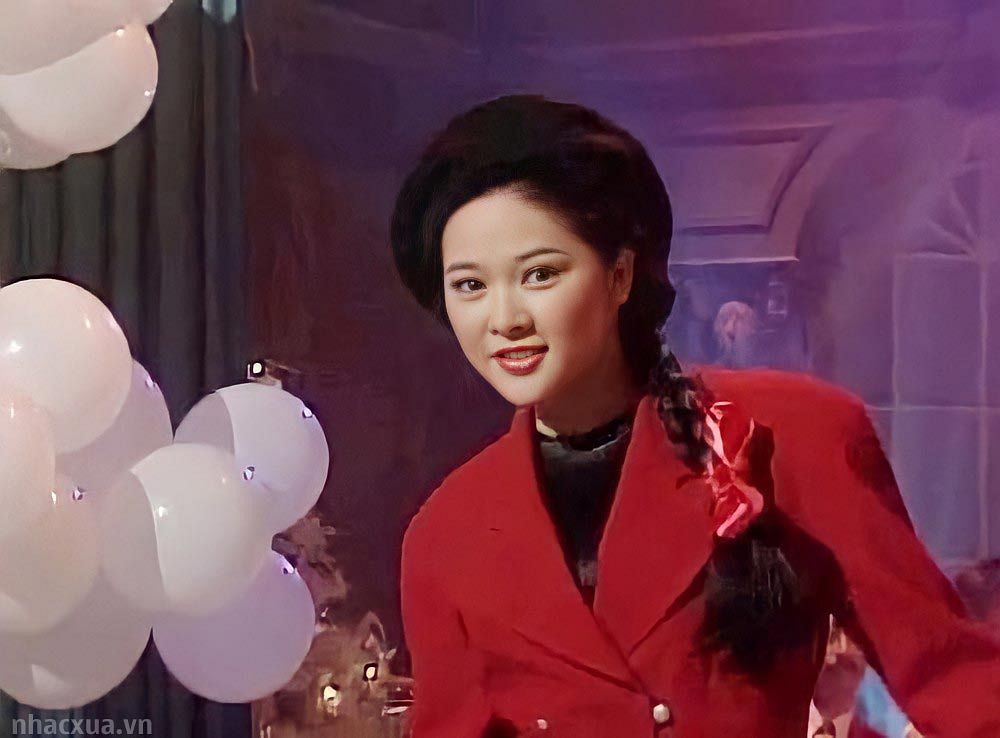
The 1980s outfit that has become iconic. Photo via Nhạc Xưa.
This was Như Quỳnh’s first stage performance since she moved abroad; she was 23 years old in the tape recording. Even though she had performed publicly before in Saigon and even won singing competitions, many still single out this performance as the defining moment in Quỳnh’s career. I attribute this to the song’s broad appeal, to viewers both male and female, young and old. Its lyrics are underscored by nostalgia, a key quality that resonates with Vietnamese communities abroad and older fans. Male listeners are obviously drawn to the ingénue image she put on for the live recording; perhaps she reminded them of a similar crush during their formative years. Female viewers, on the other hand, could connect with the confidence and self-assertion in the performance.

Như Quỳnh (left) in a press event for her liveshow Xuân Yêu Thương in 2023. Photo via Thanh Niên.
She’s fun, dresses well, and is literally glowing. The makeup and fashion are flattering, and the singing is naturalistic and not overly indulgent in vocal acrobatics. In the performance, Như Quỳnh wears a red peacoat, a beige pleated miniskirt, black tights and a black beret — a look that has become so iconic that she even recreated it for her comeback concert in Hanoi in 2018. While this ensemble evoked heavy 1980s influence and might look a little dated if seen during the 2010s, it appears surprisingly in place today, given the resurgence of appreciation for retro aesthetics in the 2020s across multiple cultural disciplines from music, cinema to fashion.
The melody that transcends languages
‘Rouge’ by Naomi Chiaki, 1977.
That memorable live stage might have been the first time many Vietnamese heard ‘Người Tình Mùa Đông,’ but few are aware that this melody actually originated from Japan under the name ルージュ (Rouge/Lipstick), written by singer-songwriter Miyuki Nakajima for veteran singer Naomi Chiaki. ‘Rouge’ was released as a single in 1977 for Chiaki’s album, but it underperformed compared to the rest of the tracks. If ‘Người Tình Mùa Đông’ sings of regret and unfulfilled relationships of a man, ‘Rouge’ is the reminiscence of a woman who left home in search of a long-lost lover and had to find temporary work as a bar hostess. Her lover is nowhere to be found, and she reflects on how the journey has changed her, yet her sakura-color lipstick remains the same.
‘Vulnerable Woman’ by Faye Wong, 1992.
Still, ‘Rouge’ doesn’t have a direct link to ‘Người Tình Mùa Đông,’ as a middle evolution stage was involved. If you were an enthusiastic follower of Hong Kong TVB soap operas in the early 1990s, you would find the tune familiar as it appeared in the series Đại Thời Đại (The Greed of Man), albeit as a whole different song by Faye Wong. Wong’s Cantonese version, titled ‘容易受傷的女人’ (Vulnerable Woman), was recorded in 1992 and included in the series as an interlude song. Musically, ‘Vulnerable Woman’ is a heart-wrenching ballad of a woman expressing insecurity in a rocky relationship, urging her lover to stay with her.
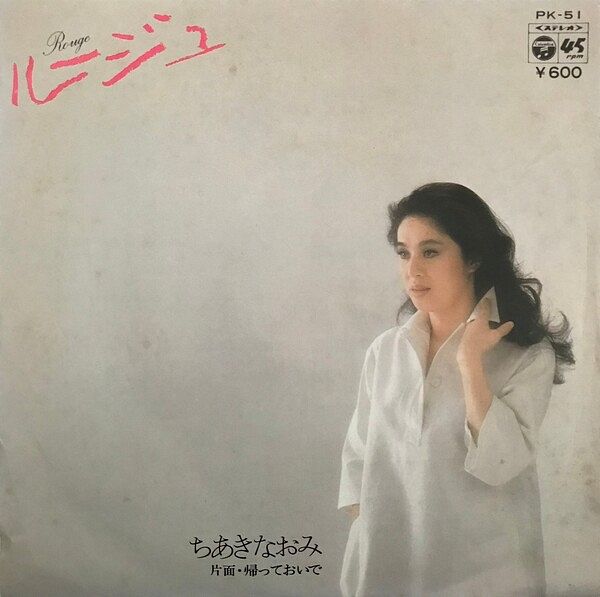
The cover of the Rouge album by Naomi Chiaki where the titular song appeared for the first time.
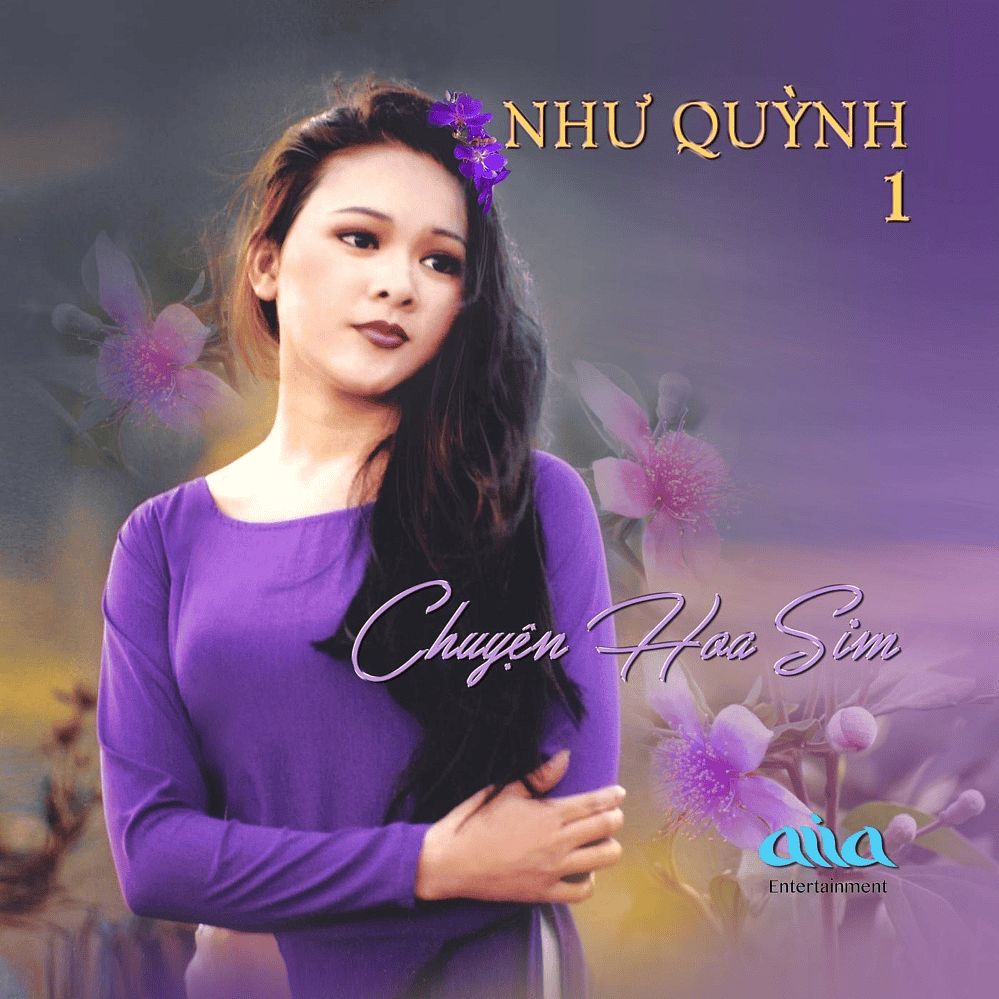
The compilation CD that includes ‘Người Tình Mùa Đông.’
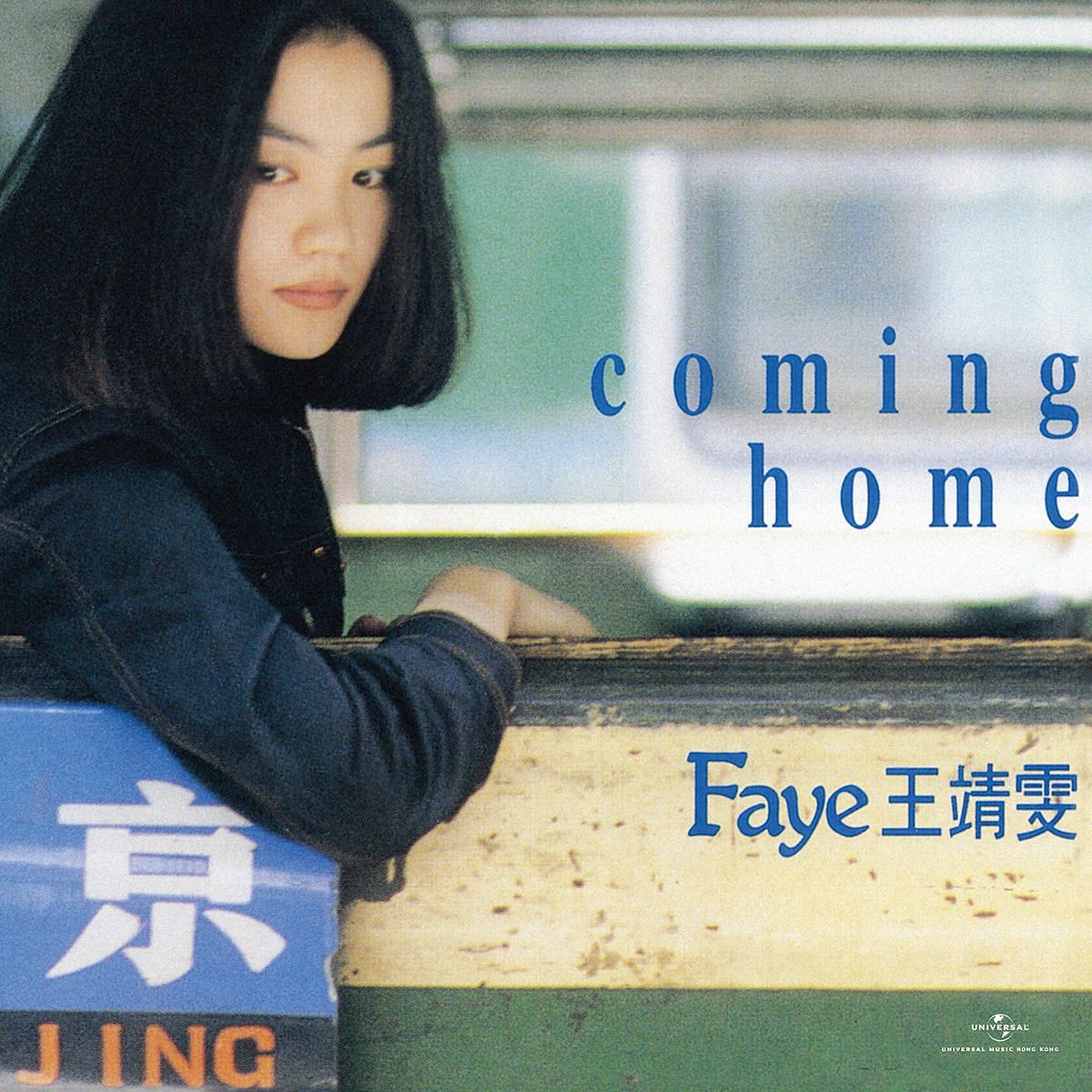
‘Vulnerable Woman’ is one of the most successful tracks of Faye Wong's album Coming Home.
The TV drama turned out to be widely successful, achieving top ratings in Hong Kong that year and spreading to neighboring countries. ‘Vulnerable Woman’ went on to win Song of the Year soon after, and spawned a smorgasbord of covers across Asia in many languages — including Vietnamese, in the form of ‘Người Tình Mùa Đông.’ Singaporean band Tokyo Square released an English-language version, ‘That Is Love.’ Burmese singer Aye Chan May recorded a version called ‘တစ်စစီကျိုးပဲ့နေတယ်’ (Broken Apart). It shape-shifted in Turkey as dance track ‘8.15 Vapuru’ by Yonca Evcimik. There are also numerous other versions in Vietnamese, Mandarin Chinese, Thai, Khmer and Khmu. The melody might stay largely unchanged, but it's fascinating to witness how it reinvent itself in completely different genres: the Turkish version is the most different with an Ace of Base-esque reggae influence, while the Singaporean rendition remains faithful to Faye Wong's instrumentation. Regardless of how similar or transformed the arrangements are, the lyrics are almost always different.
‘Broken Apart’ by Aye Chan May, 1996.
These translations might seem random, but they fit right in with the prevailing cultural trends at the time, where Asian singers were localizing their favorite foreign songs left and right. Japan looked to the west for cover inspirations, resulting in fascinating artefacts like Hideki Saijo’s rendition of ‘Careless Whispers.’ Hong Kong, on the other hand, went through a Japanese Wave in the 1980s and 1990s, giving rise to a hits like ‘尋愛’ (Searching for Love) by Anita Mui, a cover of ‘Plastic Love’ by Mariya Takeuchi. Vietnam was enamoured by Cantonese media, especially music and TVB dramas, in the 1990s, so songs by Andy Lau, Shirley Kwan, and of course, Faye Wong, were making their way into the cultural landscape of Vietnam en masse. Sometimes, the adaptation cascade does a funny thing, resulting in the cross-cultural evolution of ‘Người Tình Mùa Đông’ from ‘Vulnerable Woman’ from ‘Rouge.’ If someone tells me now that ‘Rogue’ was a cover of something else, I swear I will lose my mind.










